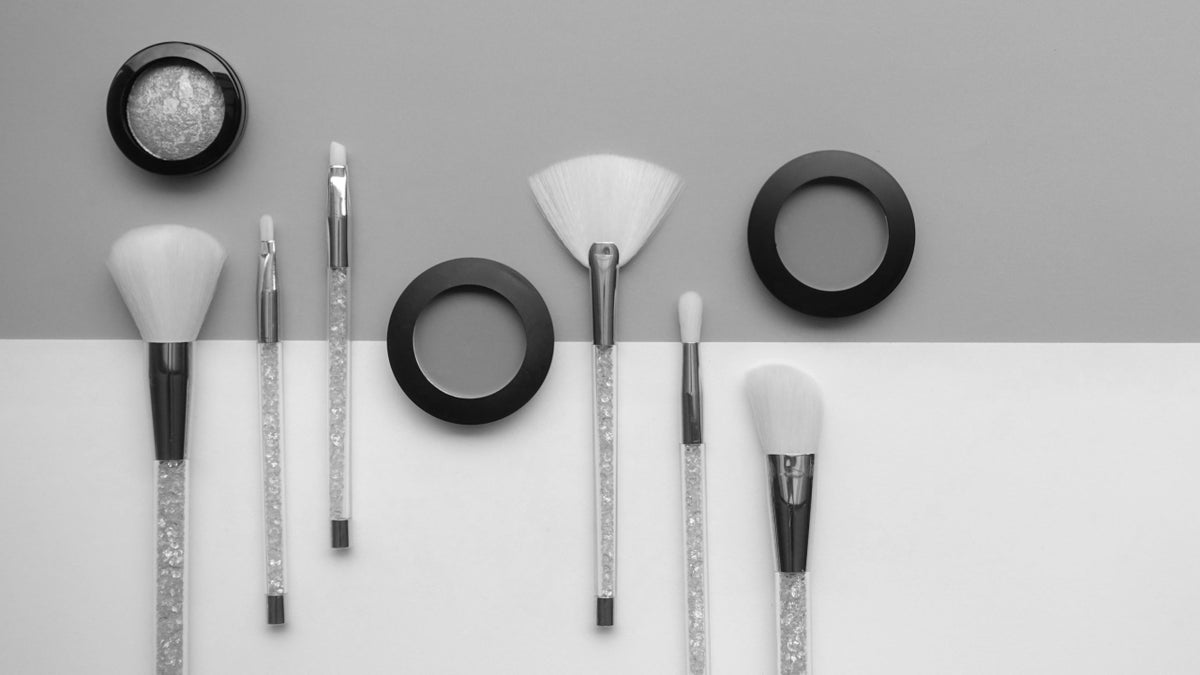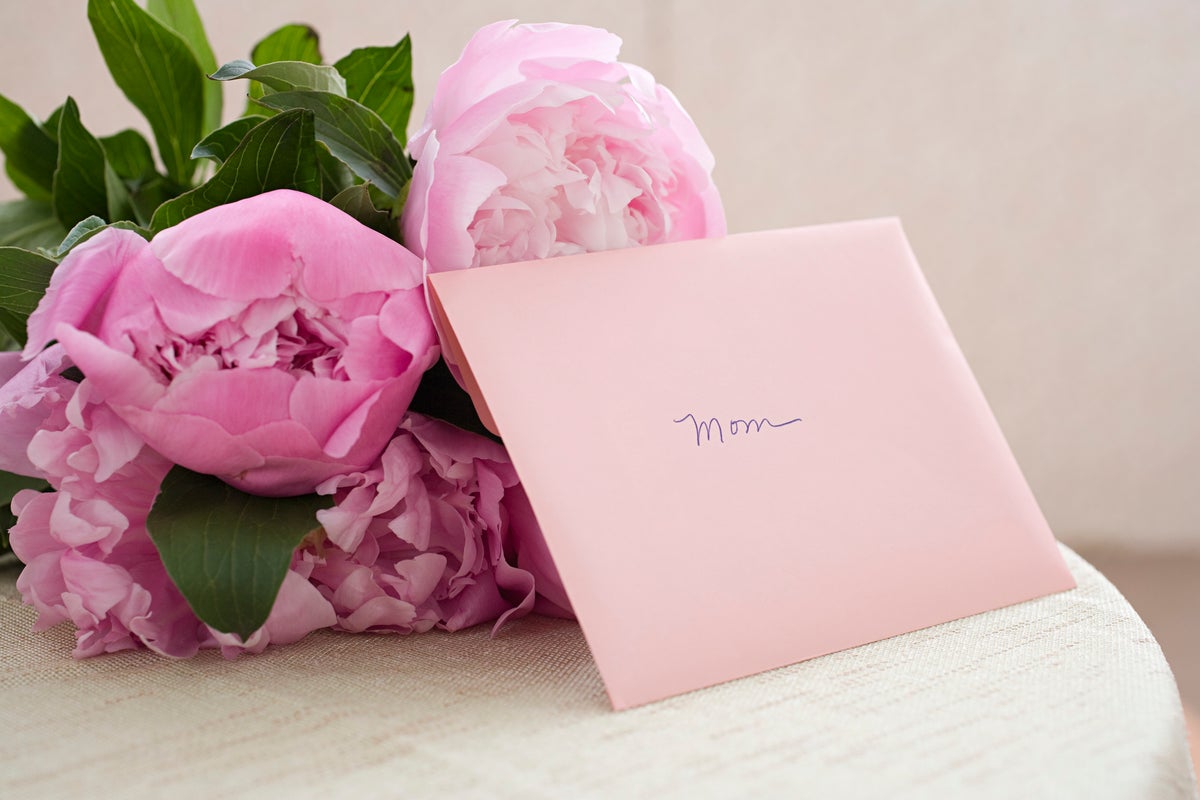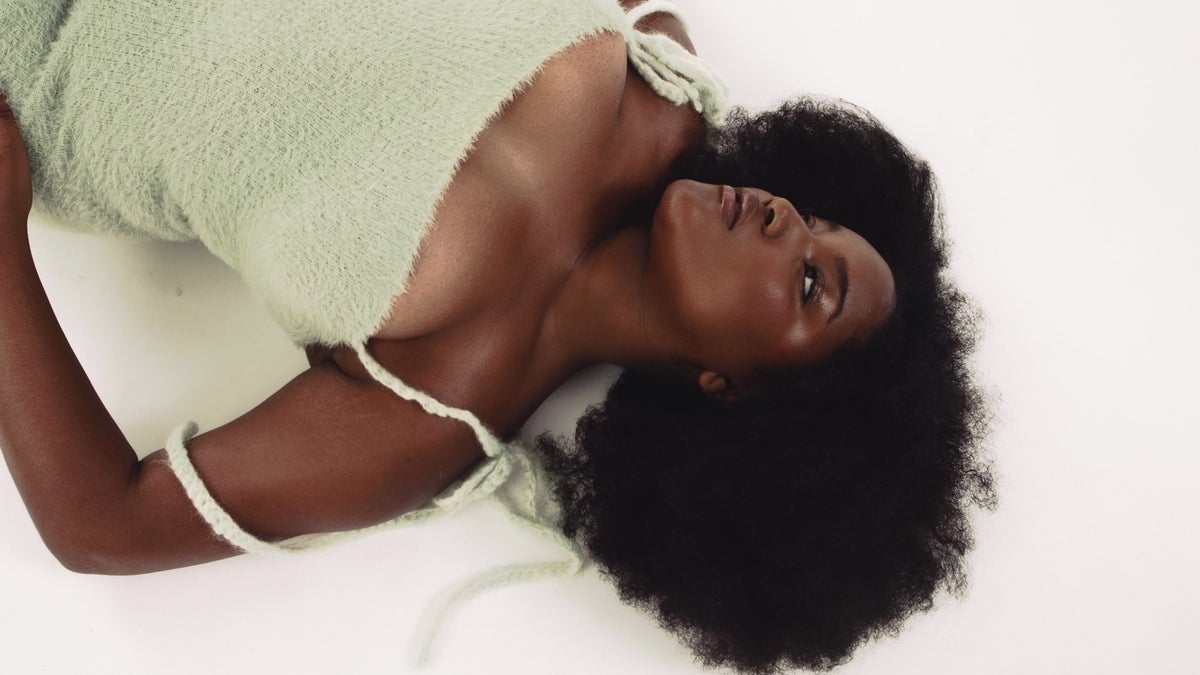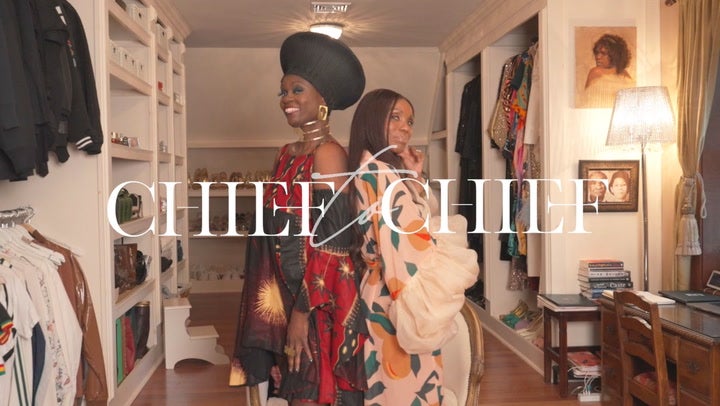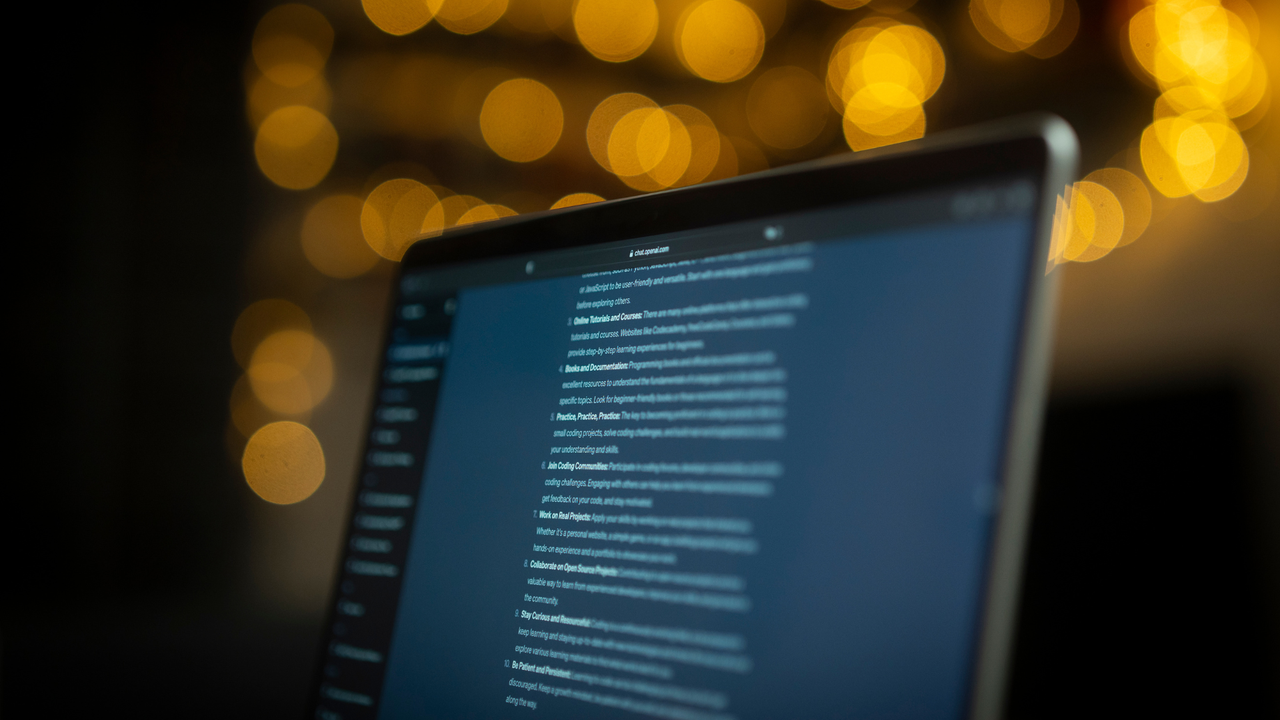
Newsletters are making a comeback, but this time, they serve as a platform for writers to share essential fashion items, lengthy blog posts, and podcasts. For anyone who has been paying attention to the media landscape in recent years, this is not ground-breaking–you’re probably well aware that newsletters had a moment in 2020 and 2021. During those years, Substack, a platform dedicated to newsletters was making a lot of noise, and Meta also explored the trend with the now-shuttered Bulletin. Voicy writers like Hunter Harris often associated with Vulture and Haley Nahman previously of Man Repeller ventured into the newsletter space. While The New York Times and Vox declared the boom ended last year, escaping newsletters seems impossible.
To some, it may seem like the trend has slowed or died down, but in reality, it has shifted. A peculiar energy has taken over the publishing industry due to significant disruptions. Layoffs are happening left and right, and readers are yearning for intimate digital connections. The latter is what allowed newsletters to thrive nearly three years ago–and it continues to drive their success today. Throughout the year, writers diligently released new installments, especially in fashion and culture, catering to online readers seeking joy while digesting news.
Josh Kaplan, cofounder of The Publish Press newsletter, tells Fast Company that newsletter audiences pay more attention than social media audiences. “Owning an email newsletter offers more ownership over your audience, whereas social media platforms control your distribution and can be unstable,” Kaplan emphasizes. Subrina Heyink’s are you wearing that? newsletter, for example, has become a primary platform for sharing fashion advice and daily outfits. At one time the stylist and vintage e-commerce shop owner had a lovely Instagram feed filled with coveted looks–but now she has pivoted completely to Substack. This shift speaks to the fickle nature some creators have associated with social media platforms like X formerly known as Twitter and Instagram. Digital newsletters offer people like Heyink a chance to build something of their own while maintaining control of their own output.
“Around the time that I launched my Substack, I saw a tweet that said Substack is OnlyFans but for writers, I thought it was hilarious but true,” shares Amarie Gipson a culture writer, editor, and creator of Notes From the Reading Room newsletter. In an email, she shares that newsletters are a great way for writers and critics to empower themselves. “[You also can] carve out space to think beyond the bounds of publications.”
Chrissy Rutherford’s FWD JOY newsletter is an online space where she shares her love for fashion, horoscopes, and romantic relationships. Subscribers are given a closer look at what makes the former Harper’s Bazaar editor tick. The newsletter serves as somewhat of a blog due to the consistent interviews Rutherford conducts with spiritual leaders and mental health experts, but it’s written in a tone that feels comforting. Every so often the editor offers up curated fashion picks and utilizes affiliate links. Yet, these distinct details do not feel forced as Rutherford is a trusted voice in the fashion market. In total, the digital space she’s carved out beyond the confines of Hearst feels authentic. FWD JOY is an extension of what the truest version of herself looks and feels like online.
Aside from providing a space for writers to feel heard, newsletters also offer individuals a chance at monetization. Writers are able to create their own tiers and determine just how much their readership pays on a monthly basis. Paid subscriptions, affiliates, and other options can be profitable. That just depends on how tedious the writer wants to get. When scrolling through Substack’s most-followed fashion newsletters, Laura Reilly’s Magasin wasn’t mentioned. It’s an intentional shopping newsletter by Reilly, a former commerce writer who dissects brands and new fashion releases. The way she combs through stockists like SSENSE for chic goodies and wearable yet eclectic clothing is stimulating. Her selections and what she chooses to focus on feel thoughtful. Reilly’s eagle eye for sales and items worth bringing to her readers is what makes her newsletter so interesting and compelling.
Content creator DonYe Taylor, a Forbes 30 Under 30 alum shares that she’s been telling her audience to get newsletters since 2020. Taylor, who has a newsletter To Whom It May Concern with over 8,000 subscribers goes on to share that the lack of public algorithms means writers don’t have to be concerned about appealing to trends. Taylor stresses the importance of quality and craftsmanship in one’s work, asserting that newsletters are easier to create than blogs, which heavily rely on visuals. “I think people are tired of seeing things that don’t provide any value [online]. People want information that can enhance the quality of their life.”
The resurgence of newsletters feels like a generational shift that millennials are currently embracing as a means to express their thoughts and, for many writers and editors, as a way to generate income. In the current precarious state of digital media, relying on individuality feels like the right approach. The return of newsletters signals a solid venture for those who once held full-time roles to step away and pursue something different. While the trend peaked three years ago, newsletters have transitioned from a fad to a tried-and-true medium. Those who embrace the trend in 2020 and 2021 are either still sharing their thoughts online or have concluded their newsletters. What does this mean for the media? Cultural weight has shifted from financed glossies to modern-day blogs: fashion and culture newsletters. As culture writer Anne Helen Peterson shared with Vanity Fair three years ago, writers joining Substack are “regaining control of our own journalism.”


